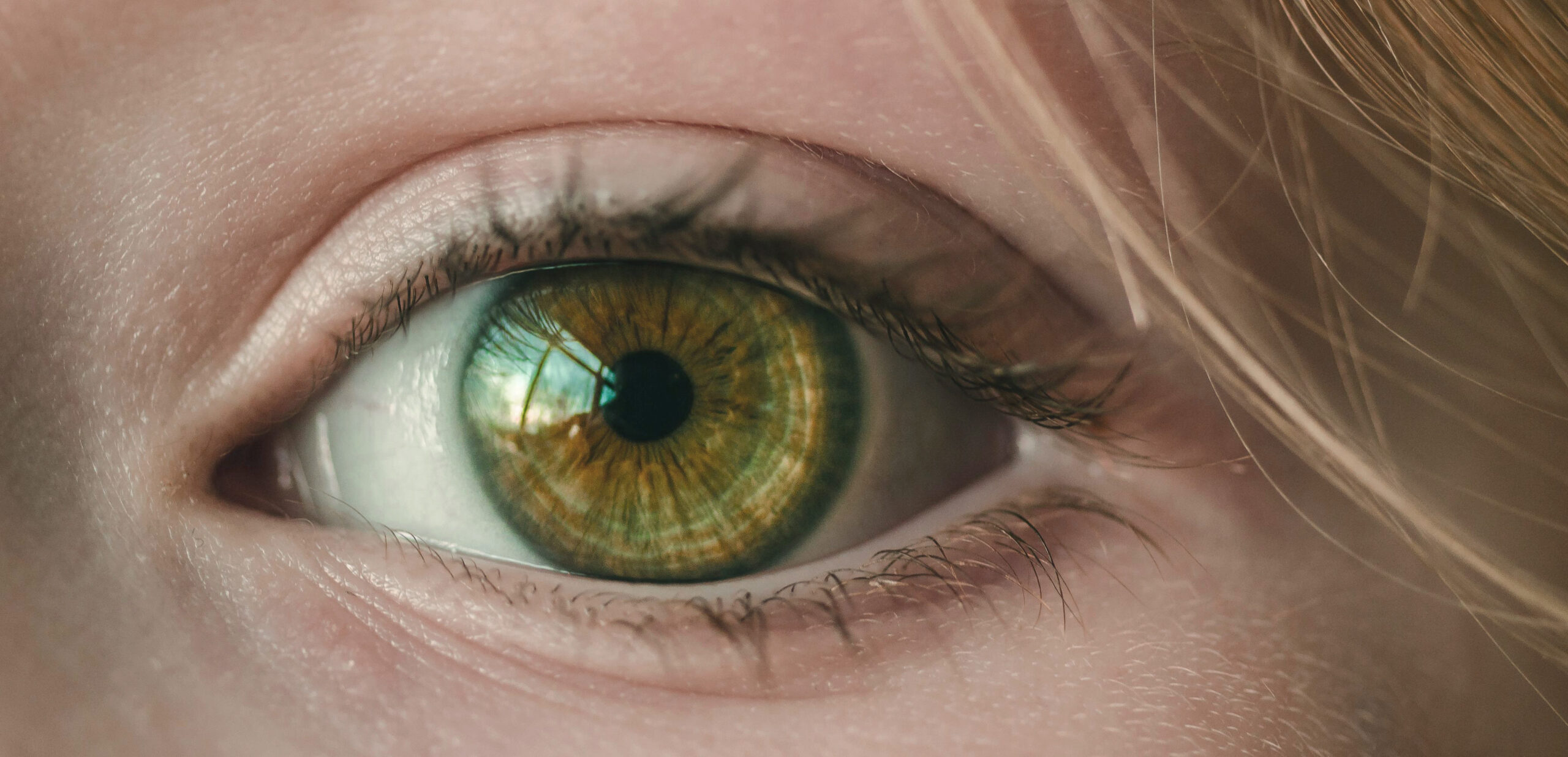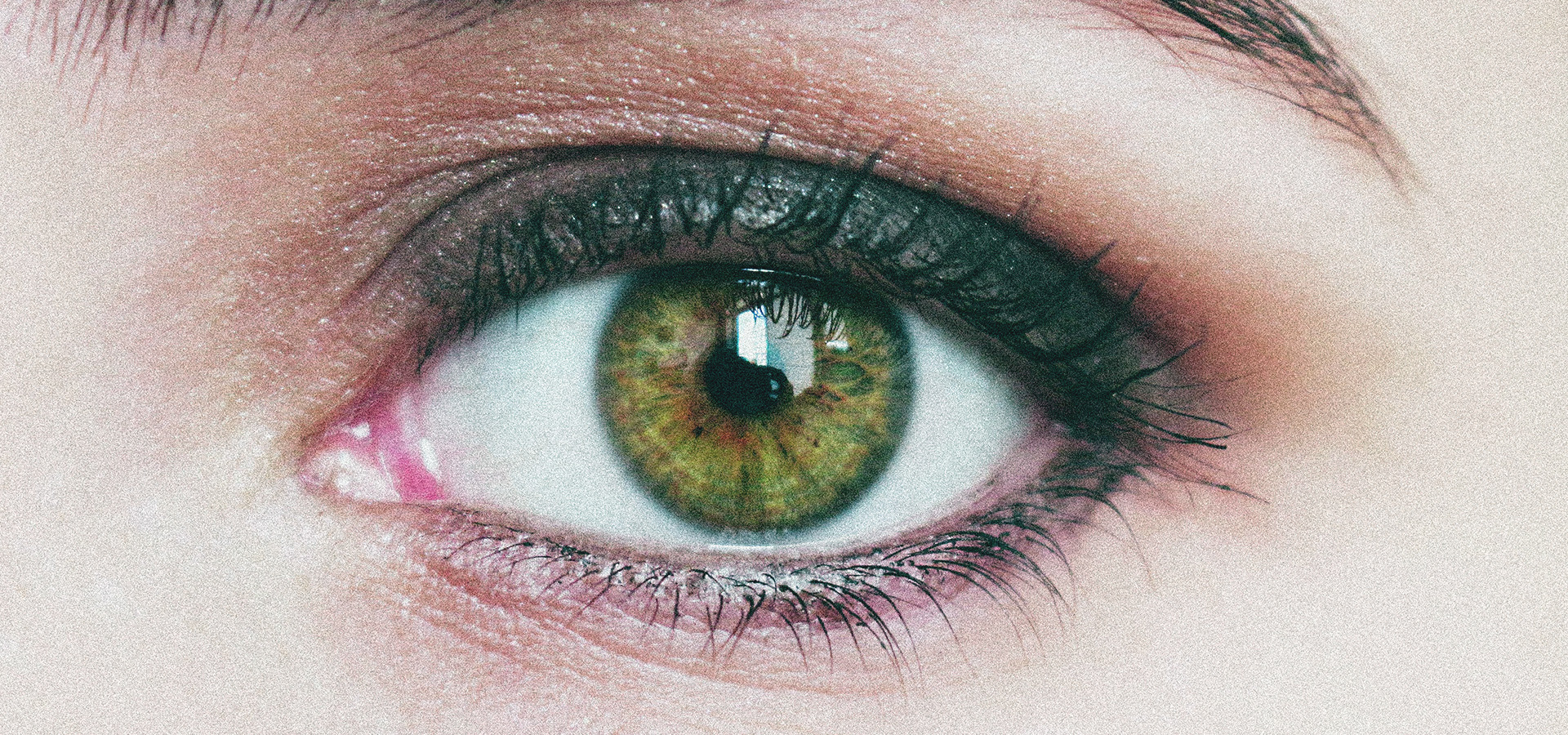Fascinating Facts About Green Eyes
Whether you’re one of the lucky few with green eyes or simply envious of those who are, there’s no denying their captivating allure. Green eyes have long been associated with spirituality, beauty, and wisdom in various cultures, and their rarity only adds to their mystique. It’s no wonder why people are often enchanted by them!
How Rare Are Green Eyes?
Green eyes are among the rarest eye colors in the world, with only about 2% of the global population possessing this unique trait. Green eyes are most commonly found in people of European descent, particularly those from Ireland and Scotland. In fact, 86% of people in Ireland and 87% in Scotland have either blue or green eyes, making these regions hotspots for green-eyed individuals.
Interestingly, there’s a remote village in Western China called Liqian, where a significant number of the population has green eyes and blonde hair—an unusual trait for the region. Some historians speculate that these residents may be descendants of a lost Roman legion that settled in the area over 2,000 years ago!
Due to their rarity, green eyes are often considered among the most attractive and beautiful, frequently topping surveys that rank the most desirable eye colors.

What Causes Green Eyes?
The green color of your eyes is the result of a combination of genetics and light scattering. Although they appear to be a solid green hue, green eyes don’t actually contain green pigment. Instead, low levels of melanin in the iris, coupled with a phenomenon called Rayleigh scattering (where light is reflected in the absence of melanin), give the eyes their green appearance. This is similar to how blue eyes work but with slightly more melanin in the iris.
External factors, like lighting or clothing choices, can sometimes affect how green eyes are perceived, making them appear brighter or darker depending on the situation.
Genetics Behind Green Eyes
The color of your eyes is determined by several genes that control the production and distribution of melanin in the iris. Each gene has two versions, called alleles, with one inherited from your mother and the other from your father. Dominant alleles express the trait, while recessive alleles are hidden unless two recessive alleles are inherited.
Brown eye color is a dominant trait, while blue is recessive. Green eyes sit somewhere in between. The gene for green eyes is recessive to brown but dominant over blue. So, if both parents have green eyes, there’s a high chance their child will also have green eyes. If one parent has green eyes and the other has blue, the child is more likely to inherit green eyes because green is more dominant than blue.
Unlike brown or blue eyes, green eyes typically don’t appear at birth. A baby’s green eyes can take anywhere from 6 months to 3 years to fully develop, depending on how melanin is produced in the iris over time.

Green Eyes vs. Hazel Eyes: What’s the Difference?
One of the main differences between green and hazel eyes is consistency. Green eyes typically have a more uniform color, while hazel eyes often exhibit a mix of colors, including green, brown, and gold. Hazel eyes are also known for changing color more noticeably depending on lighting conditions, whereas green eyes usually maintain a consistent shade.
Health Considerations for Green Eyes
People with green eyes should take extra precautions when exposed to sunlight. Since green eyes contain less melanin than brown eyes, they offer less natural protection against harmful UV rays. This makes individuals with green eyes more susceptible to conditions like age-related macular degeneration (AMD) and cataracts. It’s important for people with green eyes to wear sunglasses that provide 100% UV protection to help prevent long-term damage from sun exposure.
In fact, people with lighter eyes, including green, blue, and grey, are more sensitive to bright light in general. So, if you have green eyes, keeping a pair of sunglasses handy is a smart move!
Which Colors Complement Green Eyes?
Green eyes tend to pair beautifully with warm, earthy tones, especially dark brown frames. Glasses in Havana or gold hues also bring out the natural warmth of green eyes. If you’re looking to make a statement, consider glasses in colors that contrast with your eye color, such as red, pink, blue, or purple. Don’t be afraid to be adventurous with your eyewear choices—after all, green eyes deserve to stand out!
Check our Latest products!


